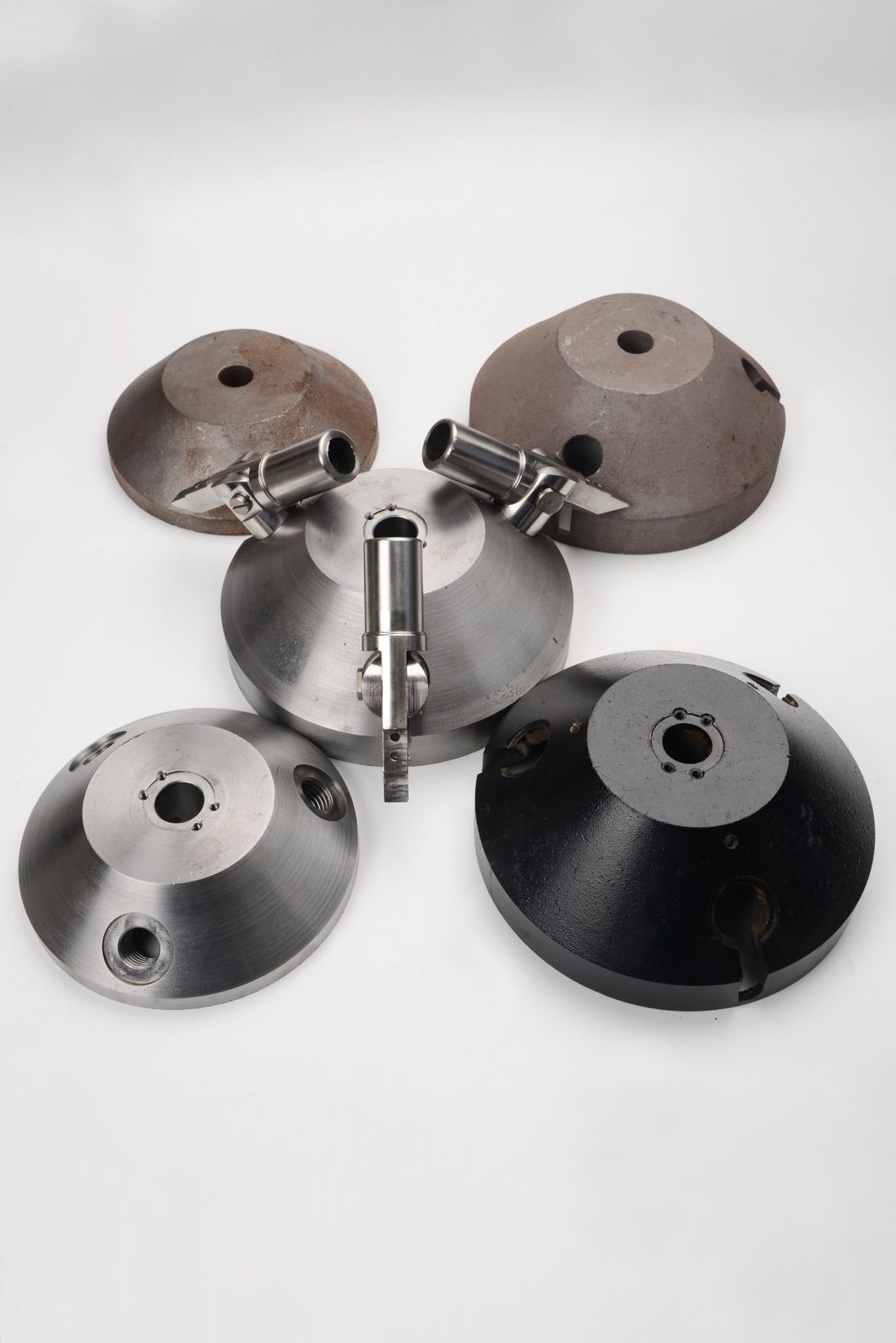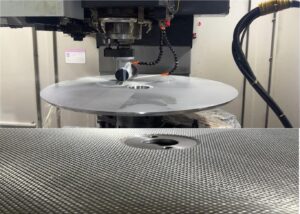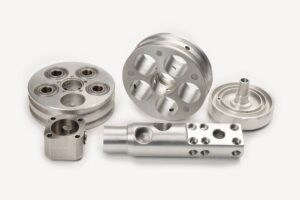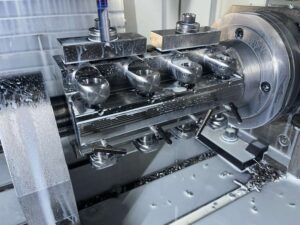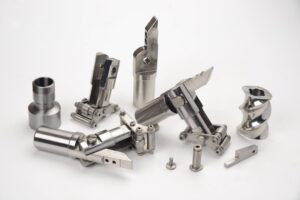Description
Here are some key aspects related to machining security systems assembly parts:
- Materials:
Security systems assembly parts are often made from materials such as stainless steel, aluminum, and other alloys. The selection of materials depends on factors like strength, corrosion resistance, and the specific requirements of the security application. - Precision Machining:
Precision is crucial in the production of security systems assembly parts to ensure proper fit and functionality. CNC machining is commonly used to achieve tight tolerances and high levels of accuracy. Multi-axis machining may be employed for complex components. - Durability and Resistance:
Security equipment is often exposed to harsh environmental conditions. Machining processes may be selected to enhance the durability and resistance of components to factors such as weather, vandalism, or tampering. - Customization:
Security systems may have specific design requirements based on the application and the type of security equipment being produced. Machining allows for customization, enabling manufacturers to produce components tailored to the needs of different security systems. - Surface Finish:
The surface finish of security systems assembly parts is important for both functional and aesthetic reasons. Machining processes are controlled to achieve the desired surface finish, which may include factors like smoothness, texture, and corrosion resistance. - Quality Control:
Quality control measures are implemented throughout the machining process to ensure that the components meet the required specifications. Inspection processes may include dimensional checks, material testing, and other quality assurance protocols. - Regulatory Compliance:
Depending on the application and market, security systems manufacturers may need to comply with certain standards and regulations. Compliance with industry standards and regulations ensures the safety and effectiveness of security equipment. - Small to Medium Batch Production:
Security systems assembly parts may be produced in small to medium-sized batches, depending on the demand for the specific security devices. Machining allows for efficient production while maintaining high precision and quality.
Examples of security systems assembly parts that may undergo machining include components for surveillance cameras, access control systems, alarms, electronic locks, and other security devices.
In summary, machining plays a crucial role in the production of security systems assembly parts, where precision, durability, and customization are essential. Advanced machining technologies and quality control measures are employed to meet the specific requirements of the security industry and ensure the reliability of security equipment.





